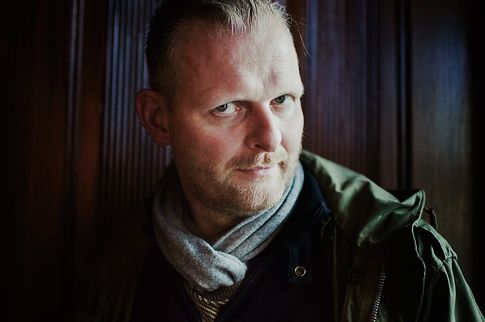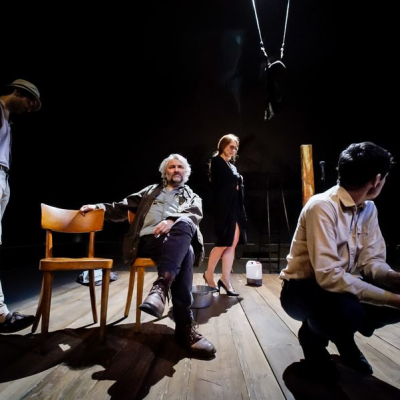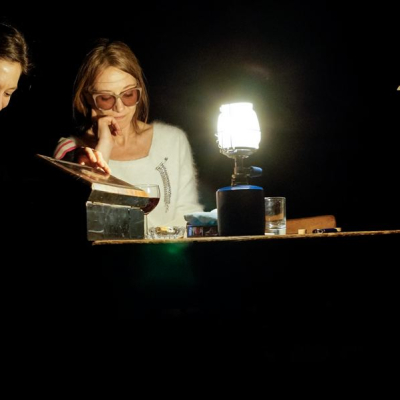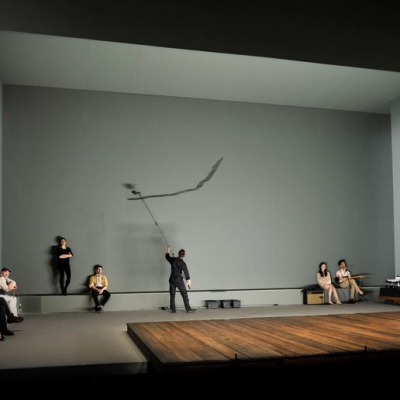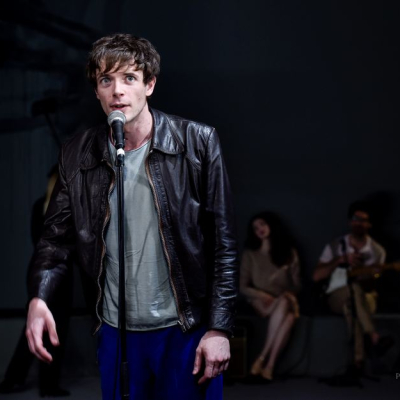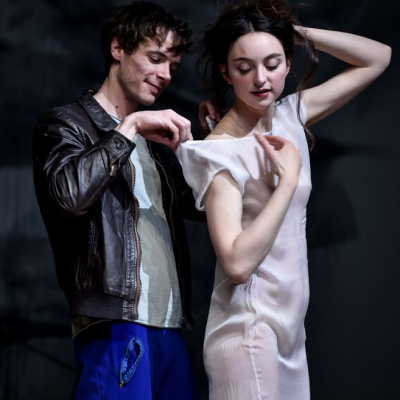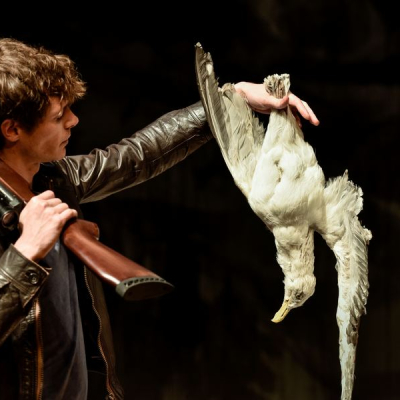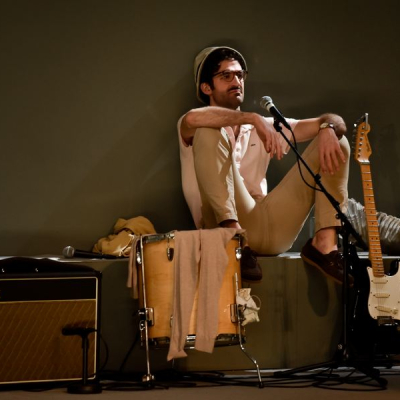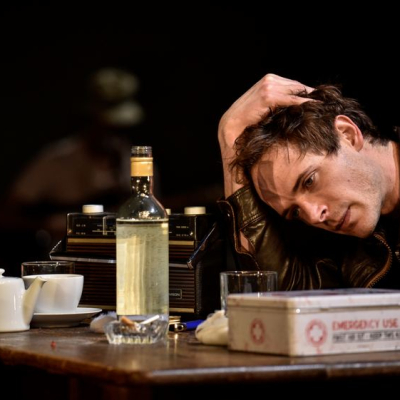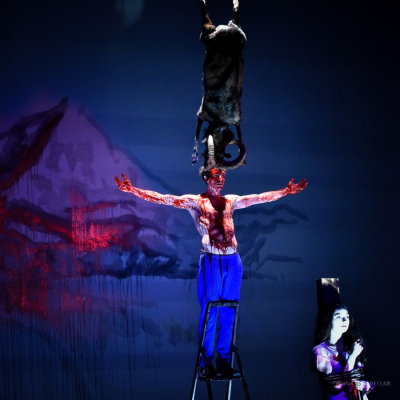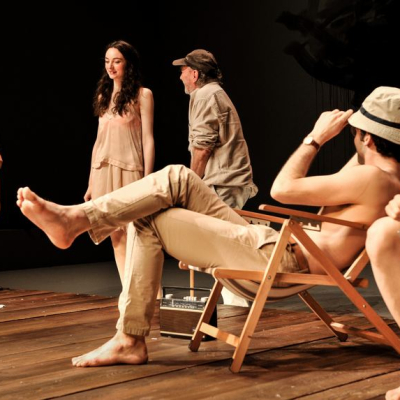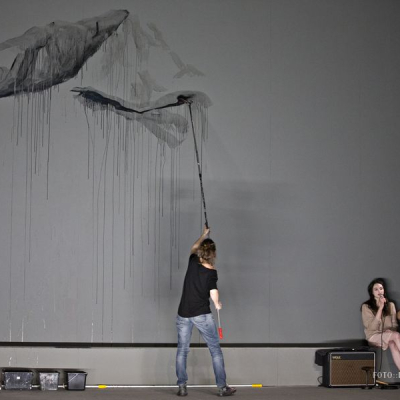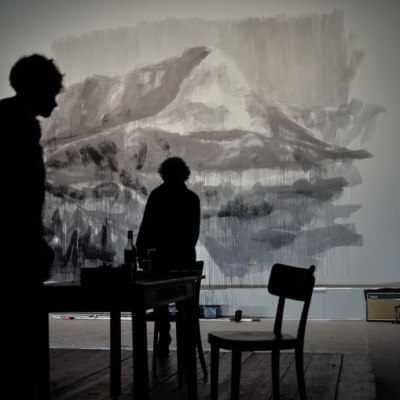The Seagull
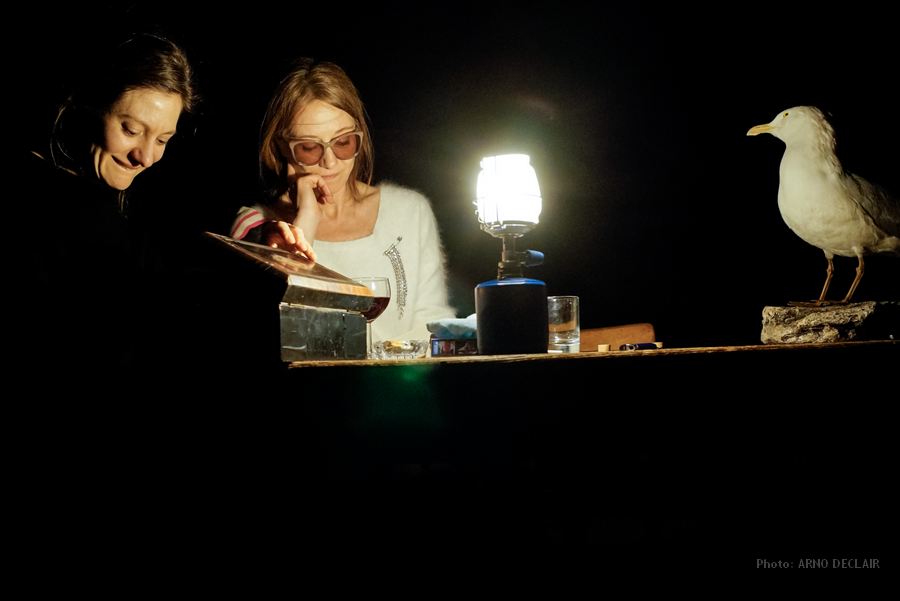
Théâtre Vidy-Lausanne – Svájc/Switzerland
Director: Thomas Ostermeier
in French with Hungarian subtitles
2 hours 30 minutes, without breaks.
The German director, Thomas Ostermeier, starts a dialogue with Chekhov beyond the 20th century, about love and theatre. He unravels the stakes of each scene, which he strips of any historical reconstruction, revealing the contemporary resonances of the Russian author’s masterpiece.
In The Seagull, without doubt his most successful play, Anton Chekhov tells the story of an idle and decadent group of men and women, who attempt to dream up a life through love and art, the last glimmers of hope in their dull existence. The young actress Nina thus cries out in the last act: “To believe! To believe prevents me from suffering…” To believe in theatre, to believe in love, as a last resort. Chekhov does not critique nor comment. He describes, with meticulousness and the caring attention he had as a doctor, the evolution of an illness which is as social as intimate, the illness of an existence lacking will and in need of the other’s gaze to exist.
Színészek/Actors: Bénédicte Cerutti, Valérie Dréville, Cédric Eeckhout, Jean-Pierre Gos, François Loriquet, Sébastien Pouderoux (de la Comédie Française),Mélodie Richard, Matthieu Sampeur, Marine Dillard (festő/painting)
Fordítás és adaptáció/Translation and adaptation: Olivier Cadiot és/and Thomas Ostermeier; Díszlettervező/Set designer: Jan Pappelbaum; Jelmeztervező/Costume designer: Nina Wetzel; Zeneszerző/Composer: Nils Ostendorf; Dramaturg/dramaturge: Peter Kleinert; Fény/Lights: Marie-Christine Soma; Festő/Painting: Katharina Ziemke; Rendezőasszisztens/Assistant Elisa Leroy, Christèle Ortu.
Thomas Ostermeier


